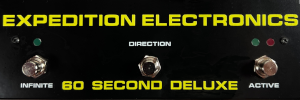Showing posts with label Cylonix. Show all posts
Showing posts with label Cylonix. Show all posts
Friday, December 06, 2024
amor fati
video upload by Ebotronix
Intellijel Designs System & Strymon Big Sky MX in Dual Cloudburst Mode
Intellijel Designs:
2x Dubmix with Expander, Azimuth 2 , Quadrax,Tetrapad,
Shapeshifter , 2x Amps , 4x Planar 2 , 4x Polaris Multi Mode Filter,
5x Dixie II +, 2x Plonk , 2x Multi FX 1u, 2x Mixup, 2x Tangrams,
2x Quadratt 1u, 2x passive LPG, Dr. Octature 1 & 2, Steppy,
Scales, Bifold, Flurry , Quad VCA,
Sealegs, Quad Inverter, µMod V1 , ADSR,
2x 104 ~ 7 U Case.
Cylonix - Cyclebox II with expander
Tunefish Modular 3x Ornament and Crime
Doepfer R2m
Strymon Big Sky MX in Dual Mono Mode controlled with
Midi CC ( 16 channels) by 16n Faderbank AtoVproject
06.12.2024
Video# 2439
Thursday, November 08, 2018
The most extreme delay effect in the world!?
Published on Nov 7, 2018 ANDREW HUANG / SUTURE SOUND
Third video is super nice.
Playlist:
The most extreme delay effect in the world!
Rain I | Andrew Huang
Generative sequence coming from Eloquencer - about half the notes are set to skip or slightly vary in pitch about half the time. The sequence plucks nRings (4-note polyphony, modulated/inharmonic string mode) which runs through Rainmaker for delay, Jellysquasher for compression, and Morgasmatron for a bit of low pass filtering in the outro. Towards the end I also fade Rainmaker gradually to full wet.Rain II | Andrew Huang
CV coming from Noise Tools' slew output (attenuated by Quad VCA), Pamela's New Workout, and Dual S&H, to modulate the delay time and nRings' "brite" and "damp". In hindsight I should have attenuated further because the delay signal's pitch gets a little too warbly at times.
Final output brought into Ableton to pass through a FabFilter Pro-R reverb and to add the rain recording.
A variation on the patch I posted yesterday. I randomized Eloquencer's sequence, randomized Rainmaker's settings, changed nRings' to sympathetic strings mode and fine tuned some of its other parameters, and this whole other piece arrived in a matter of minutes.
Tuesday, January 02, 2018
Wednesday, June 21, 2017
Modular Synth - Patch in Progress 47
Published on Jun 21, 2017 isvisible / isinvisible
"Mutable Instruments sound sources (Braids, Elements, Anushri and Rings), plus the Cylonix 'Cyclebox' and Neutron Sound 'Orgone Accumulator'."
Wednesday, June 14, 2017
Intellijel Rainmaker Tutorials
Published on Jun 14, 2017 intellijel
"The Intellijel/Cylonix RAINMAKER eurorack-format module provides a high-quality (96KHz sampling rate with 32-bit internal processing) stereo rhythmic delay and stereo comb resonator effect."
Playlist:
1. Intellijel/Cylonix Rainmaker - Delay Section Tutorial
"In this video we focus on the Rhythm Delay section. The stereo rhythm delay has 16 taps, each with its own resonant 2nd-order filter and granular pitch shifter. The filters have independently adjustable resonance and cutoff frequency, and can be set to either lowpass, bandpass, highpass or bypass operation. The filters are also capable of self-oscillation, enabling modal synthesis techniques. The granular pitch shifters have a range of 15 semitones up or 16 semitones down. Each tap can repeat at a rate value set in tap#’s in order to create regenerating echo effects. The feedback signal has a lowpass/highpass tone control and its own pitch shifter. The tap delay times can range from 0.1 millisecond up to a maximum of 20 seconds. The overall delay times can be set with the rotary encoder, the tap tempo button, or synced to an external clock."
2. Rainmaker - Utility Operations Tutorial
"In this video we look at the Utility Operations section made up of Routing & Config, Meters & Gain, Save/Load, and the Mod Controls."
3. Rainmaker - Comb Resonator Section
"In this video we move on to the Comb Resonator section. The stereo comb resonator section has 64 time-delayed taps which are summed together. This produces a deep comb filter or resonating effect. At large comb sizes (long time delays) a multiple echo effect is produced. The density of the resonator can be varied from 1 tap all the way up to 64 taps."
4. Modal Synthesis With Rainmaker
In this tutorial we explore how to use the Rainmaker as a Modal Synthesizer.
5. Managing Rainmaker Presets With Laser Mammoth
Rainmaker presets can be managed using a free online utility called Laser Mammoth. In this video we will learn how to use it and what it can do.
6. Rainmaker - CV Selection of Presets
By setting Trigger Mode to Preset Load, and Mod A to Preset #, Rainmaker Presets can be selected using CV and Gate signals.
7 Karplus Strong Synthesis on the Rainmaker
The Rainmaker is uniquely capable of generating tones using Karplus Strong Synthesis. In this video we learn how to accomplish this, along with some tips and techniques to try.
"The Intellijel/Cylonix RAINMAKER eurorack-format module provides a high-quality (96KHz sampling rate with 32-bit internal processing) stereo rhythmic delay and stereo comb resonator effect.
The stereo rhythm delay has 16 taps, each with its own resonant 2nd-order filter and granular pitch shifter. The filters have independently adjustable resonance and cutoff frequency, and can be set to either lowpass, bandpass, highpass or bypass operation. The filters are also capable of self-oscillation, enabling modal synthesis techniques. The granular pitch shifters have a range of 15 semitones up or 16 semitones down. Each tap can repeat at a rate value set in tap#’s in order to create regenerating echo effects. The feedback signal has a lowpass/highpass tone control and its own pitch shifter. The tap delay times can range from 0.1 millisecond up to a maximum of 20 seconds. The overall delay times can be set with the rotary encoder, the tap tempo button, or synced to an external clock.
The stereo comb resonator section has 64 time-delayed taps which are summed together. This produces a deep comb filter or resonating effect. At large comb sizes (long time delays) a multiple echo effect is produced. The density of the resonator can be varied from 2 to 64 taps. The tap with the longest delay time is fed back to the input. High feedback levels, with short comb sizes, produce “Karplus-Strong” types of plucked string sounds. The relative timing of the 64 taps are set according to one of 16 different preset patterns, which provide different resonator timbres or echo rhythms. The comb size can be set either with the rotary encoder, an external clock or through a transposable 1v/oct input voltage.
The Rainmaker module has extensive voltage control capabilities. Direct voltage control is available for the delay feedback level and tone, the global pitch shift for all delay taps, the comb resonator size, and comb feedback level. There are two assignable modulation inputs, which can be assigned to different parameters in each preset. A trigger input with assignable functionality can trigger built-in types of noise bursts, freeze the delay buffer, reverse the delay, randomize parameters, mute taps, and much more."
Thursday, February 23, 2017
Modular Synth - Cyclebox II + Fluctuations Magnetiques + Instant Lo-Fi Junky
Published on Feb 23, 2017 isvisible / isinvisible
"Here's a patch I'm working on based on the Cylonix Cyclebox II being fed into the Eowave Fluctuations Magnetiques into a ZVEX Instant Lo-Fi Junky and then ending up in a Bandive Accessit stereo spring reverb.
Other things going on are:
Bass drum & snare - Syncussion DRM-1
Percussion - Neutron Sound Orgone Accumulator
Bass - WMD PDO
Organ/flute type sounds and noises - WMD Synchrodyne & Expand
Acidy sounds - Mutable Instruments Braids"
Monday, February 13, 2017
Wild Rain: Extreme processing with the Intellijel Rainmaker
Published on Feb 13, 2017 rupertlally
"The Intellijel/Cylonix Rainmaker is an incredibly powerful, creative fx processor. However, most of the videos about it have focused on using it as a basic tap delay, or to create Karplus Strong synthesis. I wanted to showcase how you can take something very simple and turn it into something completely different using the Rainmaker. All the presets used in this video are my own."
Sunday, February 12, 2017
Live modular : apocalypse dream
Published on Feb 12, 2017 Maxime F
"pretty dark overdriven chaos music
bass tone : atlantis pico dsp
sequenced line : shapeshifter mmf dlpg pico dsp
varigate 8+ doing the sequencing"
Wednesday, January 18, 2017
Modular Synth - Patch in Progress 46
Published on Jan 18, 2017 isvisible / isinvisible
"Another boring melodic modular synth patch.
Drums:
Ladik D-010 - Twin T Drums
Folktek - Matter
Touched by Sound - Syncussion DRM1
Bass: Mutable Instruments - Elements
Fuzz Guitar: Mutable Instruments - Rings
Plinky Plonks:
WMD - PDO MKII
Cylonix / Intellijel - Cyclebox II"
Wednesday, December 28, 2016
Intellijel Shapeshifter Eurorack VCO Quickstart/Panel Overview
Published on Dec 28, 2016 mylarmelodies
"This is a quickstart/panel overview of the mighty Intellijel Cylonix Shapeshifter Eurorack Wavetable VCO."
Intellijel Shapeshifter Eurorack VCO Sound Demo (Part 2/2)
Published on Dec 28, 2016
"Being a sound demo of some things you can do with the considerably bananas-deep Shapeshifter Complex Eurorack Dual Wavetable VCO"
Thursday, November 03, 2016
PussCat Patches Episode 1
Published on Nov 3, 2016 jdanielcramer
"Using Chaotic CVs to control an entire patch."
LABELS/MORE:
Analogue Solutions,
Cylonix,
Elby Designs,
eurorack,
harvestman,
Industrial Music Electronics,
intellijel,
Make Noise,
Synth Cats
Sunday, July 31, 2016
Cylonix/Intellijel - Shapeshifter (Wavetables Scan)
Published on Jul 31, 2016 thisisprisma
"Lfo modulating the SHAPE 1 knob, so wavetables go smoothly from left to right and then back from right to left, every end of lfo cicle is me manually turning the WAVEBANK knob one step to listen to the next group of wavetables. 128 groups in total with 8 wavetables each.
Enjoy it."
Tuesday, July 05, 2016
Semblence
Published on Jul 5, 2016 Dimitrios Sismanis
"Voices:
Kick/snare: MI Peaks
Hat: Noise from Turing Machine and URA into WMD uHC, envelopes from Quadra. Sequenced by Turing Machine into Bastl Little Nerd and then SSF Propagate.
Bass: Verbos Harmonic Oscillator into Ripples, sequenced by Rene. Envelopes from Intellijel Dual ADSR.
Voice 1: Subconscious Communications Vampire into Ultrafold, Streams and then Clouds. Fold of Ultrafold modulated by slow LFO from Expert Sleepers/Silent Way. Sequenced by Popcorn, which receives gates from Little Nerd clocked by Knit Rider.
Voice 2: Mutable Braids in wavetable mode, FM’d by Subcon Vampire, timbre modulated by ADDAC 501 into WMD SSM mangling all 4 random outputs. Braids into Rings with multiple paramaters modulated by ADDAC 501/SSM, and then into Clouds #2.
Voice 3: Piston Honda mk II into MMG and the 4MS DLD. MMG mode and frequency modulated by ADDAC 501/SSM. Sequence from Turing Machine.
Voice 4: Intellijel Dixie II x 2 and into Polaris and Strymon Mobius, Timeline and then Big Sky. Sequence from Turing Machine. Envelopes from Peaks #2.
Voice 5: Cyclebox into Korgasmatron, both filter cutoffs modulated by ADDAC 501/SSM, and then into Snazzy FX Wow and Flutter. Both oscillators of Cyclebox sequenced by Pressure Points for chords. Pressure points modulated by Wogglebug, and receiving clock from QCD, which also is modulated by random LFO from Expert Sleepers/Silent Way.
All quantizing by ADDAC 207.
Some compression, EQ, panning, reverb, etc added in Ableton."
LABELS/MORE:
ADDAC,
Cylonix,
eurorack,
Expert Sleepers,
harvestman,
intellijel,
music thing,
Mutable Instruments,
Subconscious
Saturday, June 25, 2016
Wednesday, January 27, 2016
Jellysquasher and Rainmaker treatment for the Miami
Published on Jan 27, 2016 intellijel
"Simple drum loop from the Acidlab Miami is first being processed by the Intellijel Jellysquasher (a coloring compressor) then into the Intellijel | Cylonix Rainmaker spectral delay processor.
The wet/dry is adjusted until %50 wet signal and then I play with the global pitch shifting and then assign one of the Aux controls to Grain size.
Towards the end I freeze the buffer to create a loop that I manipulate and then unfreeze it at the end to go back into realtime input processing."
Thursday, January 21, 2016
NAMM2016 Introducing the New Intellijel Jellysquasher and Rainmaker Eurorack Module
Published on Jan 21, 2016 Analogue Zone Showroom / Synths and Studio
"NAMM2016 Introducing the New @intellijel Jellysquasher and Rainmaker Eurorack Module
Available soon from
http://www.analoguezone.com/"
Update:
NAMM 2016: Intellijel Rainmaker 16 Tap Delay and Comb Filter
Published on Jan 21, 2016
"This thing is DEEP!!"
NAMM 2016: Intellijel Jellysquasher
Published on Jan 21, 2016
"All The Colours of the Compression Rainbow"
LABELS/MORE:
Cylonix,
eurorack,
intellijel,
NAMM,
NAMM2016,
New,
New in 2016,
New Modules,
New Modules in 2016,
Video
Friday, January 08, 2016
Pithoprakta - Orgone Accumulator - Cyclebox - Elements
Published on Jan 8, 2016 simon
"Just playing around with the wonderful Iron Ether 'Pithoprakta' again.
It's triggering the Neutron Sound 'Orgone Accumulator' in percussive mode which is creating the bass drum and snare/rim sound.
It's retriggering the Doepfer A-147-2.
It's sync-ing the Cylonix 'Cyclebox' along with providing it with cv to the v/otc input.
It's triggering the gate and strength inputs on the Mutable Instruments 'Elements' and also triggering the grains in 'Clouds'
Altogether I think it sounds a bit like The Cure."
It does! Early Cure meets The Smashing Pumpkins.
Sunday, January 03, 2016
Iron Ether Pithoprakta - Cylonix Cyclebox & MI Elements
Published on Jan 3, 2016 simon
"I found a really nice little loop on the Iron Ether Pithoprakta which was triggering the Cylonix Cyclebox in Percussive mode, along with the Gate input and Strength on the Mutable Instruments Elements.
The Pithoprakta is also providing CV for the Cyclebox."
Thursday, November 19, 2015
Modular Synth - PDO, Orgone and Cyclebox
Published on Nov 19, 2015 isvisible / isinvisible
"This is my first little experiment with the WMD Phase Displacement Oscillator (PDO).
There is just the one single line out from the QAAF expansion to an Eventide 'Model 1745 M' which is loaded with 5 individual taps, which I've set to various delays and spread them for stereo.
The Neutron Sound 'Orgone Accumulator and the Cylonix / Intellijel 'Cyclebox' are feeding the three inputs in the PDO's TBVCA expansion to be mixed up with the PDO waves.
Everything is being modulated by a Doepfer A-143-4 and a couple of Mutable 'Peaks' in LFO mode.
www.isvisible.co.uk - melodic
www.isinvisible.co.uk - less melodic"
Monday, August 10, 2015
NEXT PAGE
HOME
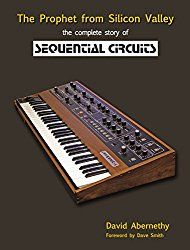



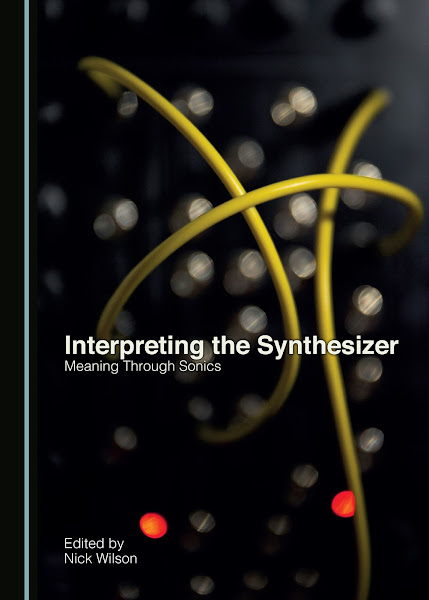
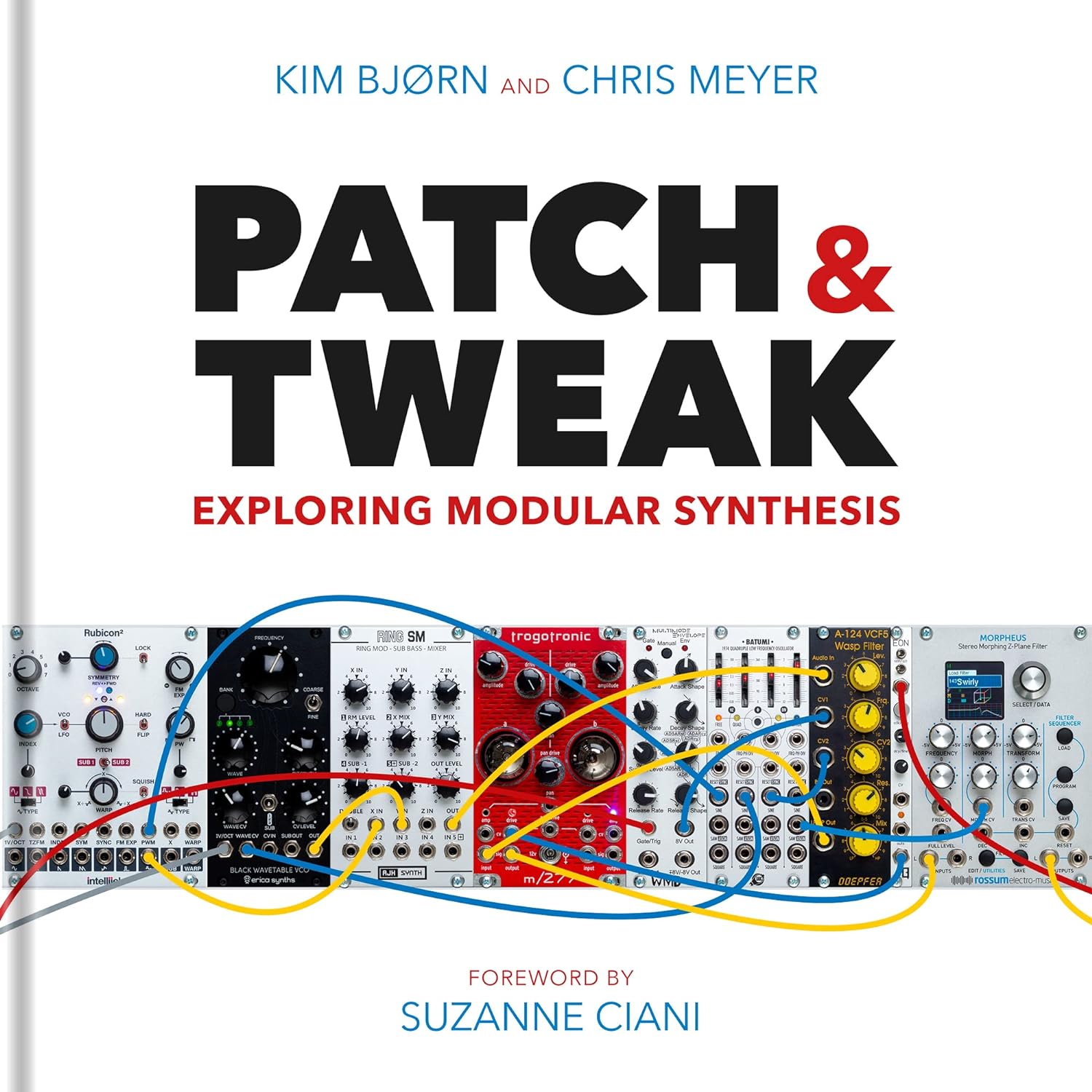

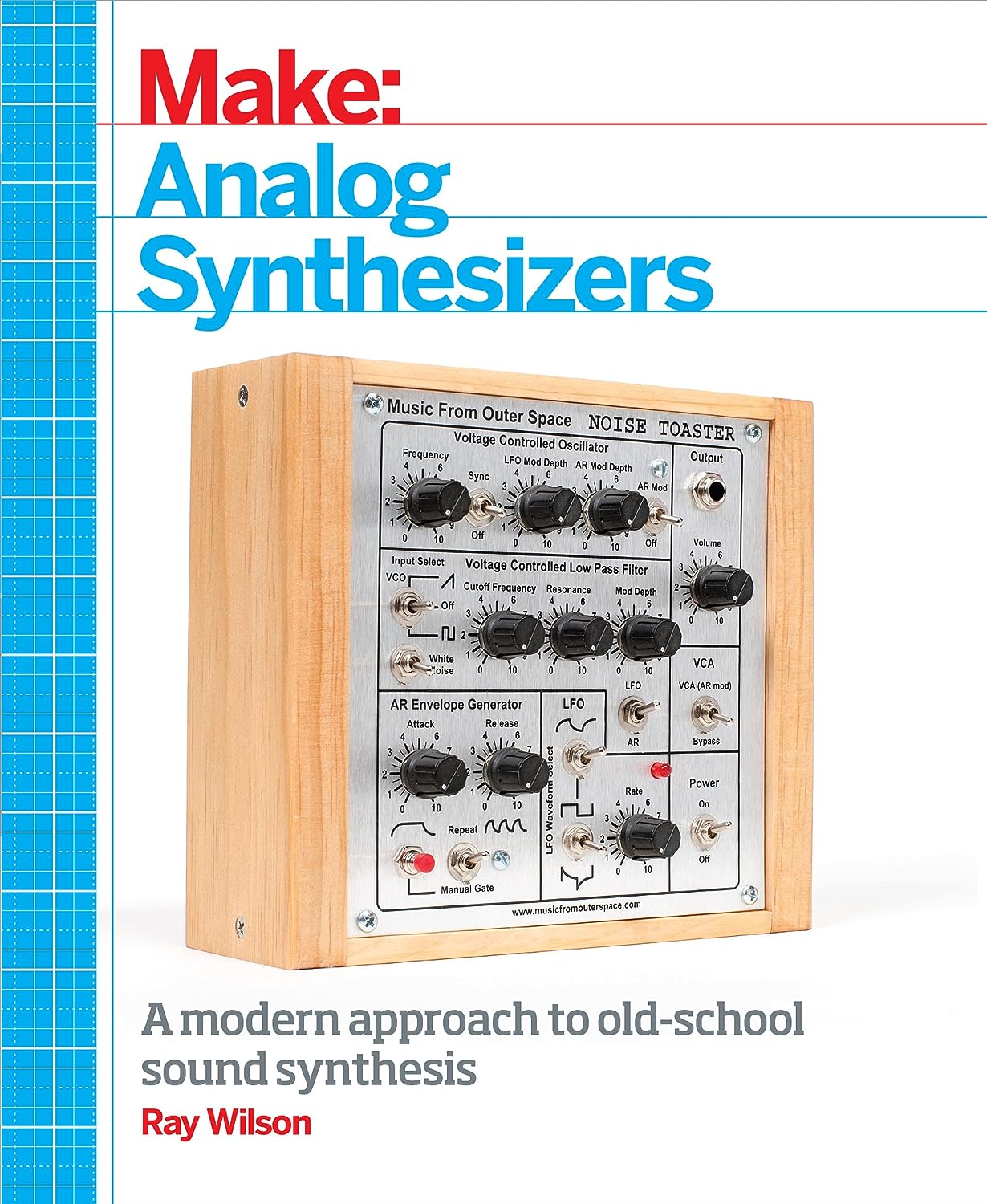


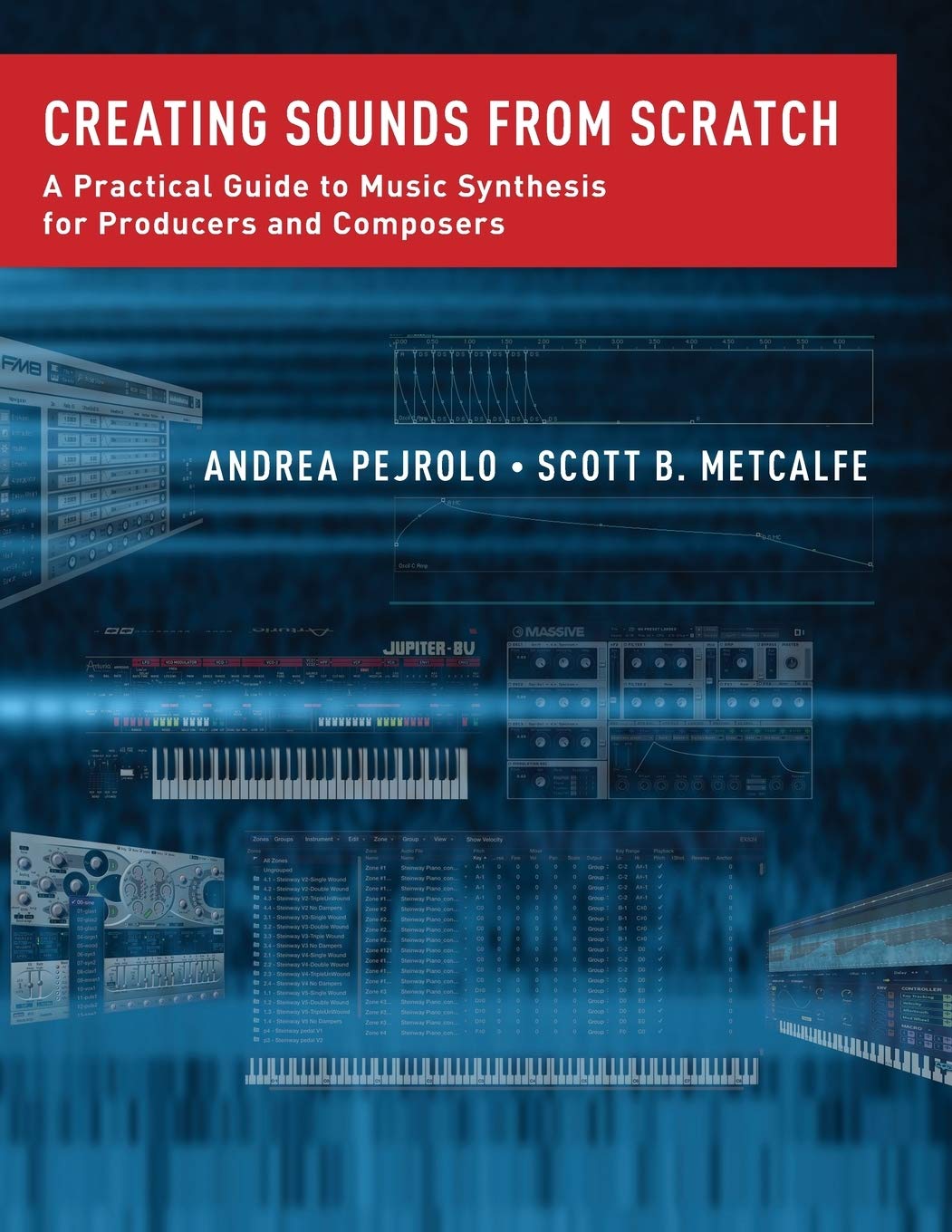
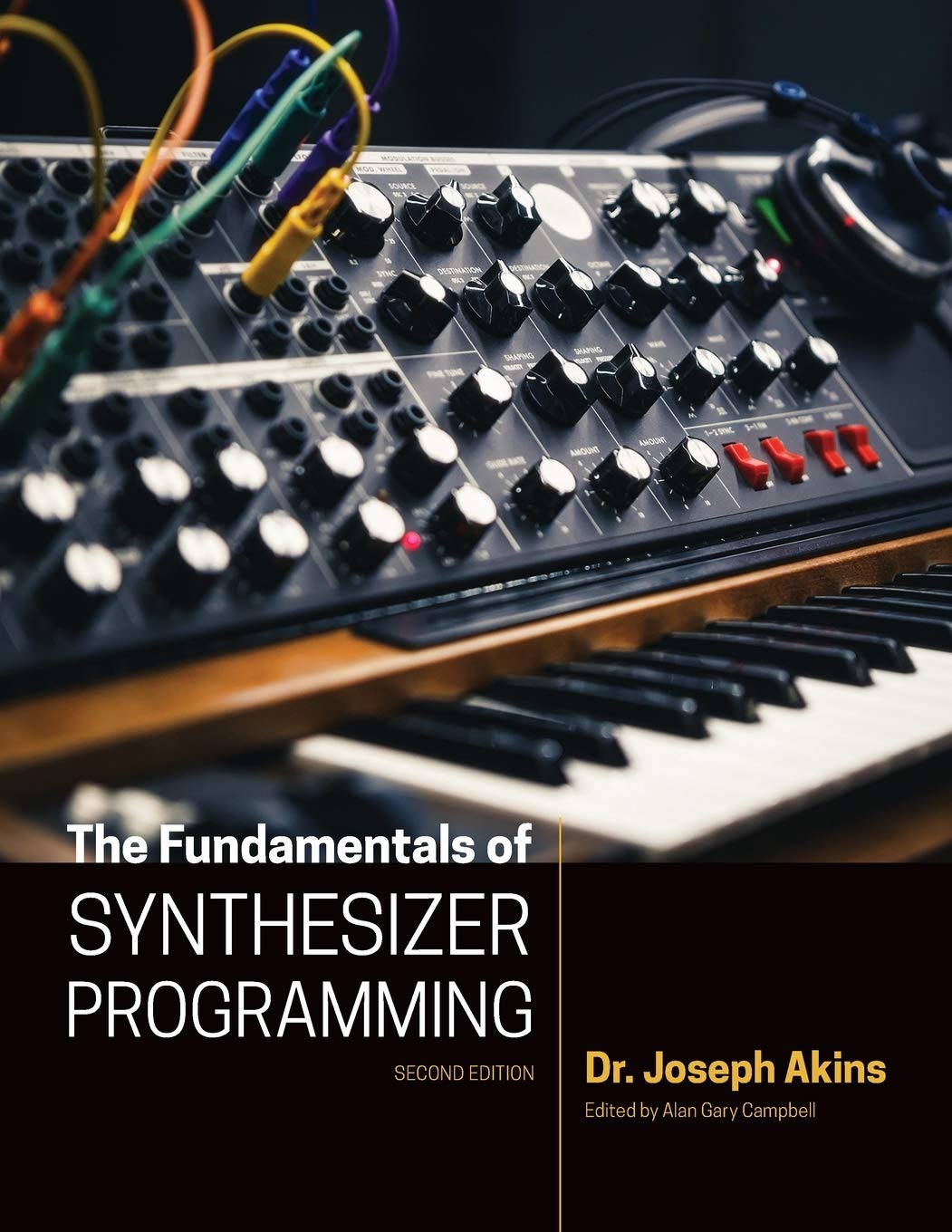

© Matrixsynth - All posts are presented here for informative, historical and educative purposes as applicable within fair use.
MATRIXSYNTH is supported by affiliate links that use cookies to track clickthroughs and sales. See the privacy policy for details.
MATRIXSYNTH - EVERYTHING SYNTH













© Matrixsynth - All posts are presented here for informative, historical and educative purposes as applicable within fair use.
MATRIXSYNTH is supported by affiliate links that use cookies to track clickthroughs and sales. See the privacy policy for details.
MATRIXSYNTH - EVERYTHING SYNTH














